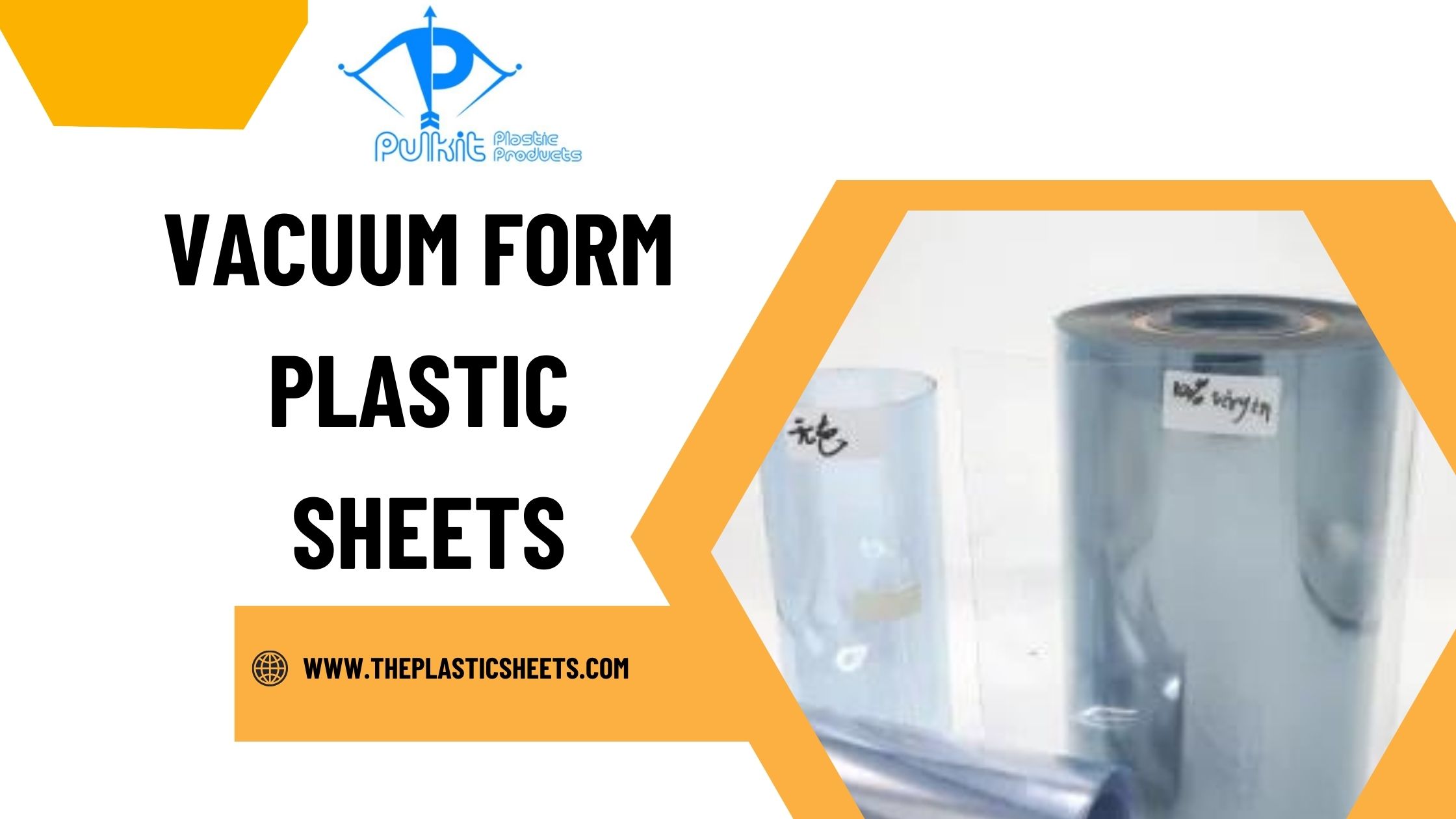In the world of plastics, vacuum-formed products have taken on a vital role, especially in industries like packaging, manufacturing, and product design. Among these products, vacuum form plastic sheets are prominently used due to their versatility and efficiency. This article serves as a comprehensive guide for beginners, explaining what vacuum form plastic sheets are, their characteristics, applications, and manufacturing processes, alongside frequently asked questions.
What Are Vacuum Form Plastic Sheets?
Vacuum form plastic sheets are thin layers of thermoplastic materials that can be molded into a specific design when subjected to heat and vacuum pressure. This technique, known as vacuum forming, is a method of creating a three-dimensional shape by heating plastic sheets until they become pliable and then using a vacuum to pull the material against a mold.
How Does Vacuum Forming Work?
The vacuum forming process involves several steps:
- Heating: A thermoplastic sheet, typically made from materials such as PVC, PETG, or polystyrene, is heated until it reaches a softening point.
- Molding: The heated sheet is placed over a mold that represents the desired final shape. The mold can be made of various materials like aluminum, wood, or plastic.
- Vacuum Application: A vacuum is applied, creating a suction that pulls the heated plastic sheet tightly against the mold. This ensures that the sheet takes on the mold’s contours.
- Cooling: Once the plastic has conformed to the mold, it is cooled to harden into its final shape.
- Trimming: After cooling, the formed sheet is removed from the mold, and any excess material is trimmed to create a finished product.
Characteristics of Vacuum Form Plastic Sheets
Vacuum form plastic sheets are characterized by:
- Lightweight: These sheets are generally light, making transportation and handling easier.
- Versatile: They can be formed into a wide range of shapes and sizes, accommodating various applications.
- Durable: When properly manufactured, vacuum-formed sheets can withstand environmental conditions, offering resistance to moisture and impact.
- Cost-effective: Vacuform plastic sheets is often more economical than other molding processes, especially for short production runs.
- Aesthetic versatility: These sheets can be easily colored or printed, enabling businesses to customize designs for branding purposes.
Applications of Vacuum Form Plastic Sheets
The versatility of vacuum form plastic sheets leads to a variety of applications across different industries:
1. Packaging
Vacuum forming is frequently used in packaging, particularly for blister packs that protect and display consumer products, like electronics, toys, and food items. Vacuum-formed trays are also prevalent for organizing products during shipping.
2. Automotive
In the automotive industry, vacuum form plastics are used for dashboards, door panels, and interior components because they combine functionality with aesthetic appeal.
3. Retail Displays
Retail stores often use vacuum-formed plastic for product displays and signage. These displays are customizable and can be made in attractive shapes that enhance product visibility.
4. Medical Equipment
Vacuum form plastic sheets are essential for creating trays and components for medical devices. Their lightweight and hygienic properties make them ideal for sensitive applications.
5. Prototyping and Product Design
Designers and engineers often use vacuum-formed sheets for prototypes. The ability to quickly create molds allows for fast iterations in product design.
Advantages of Vacuum Form Plastic Sheets
- Speed: The vacuum forming process allows for rapid prototyping and production, making it ideal for projects with tight deadlines.
- Cost Efficiency: It is usually more cost-effective for small to medium production runs compared to injection molding, especially when designing complex shapes.
- Potential for Detailing: Vacuum forming can capture fine details and textures in the mold, allowing for intricate designs.
- Reduced Material Waste: Vacuum forming utilizes sheets of plastic efficiently, generating minimal scrap compared to other molding techniques.
- Customization: These sheets can be easily printed on or painted, enabling numerous design possibilities.
Finding Vacuum Form Plastic Sheet Suppliers
When searching for vacuum form plastic sheet suppliers, there are a few key points to consider:
- Quality and Variety: Choose suppliers that offer a wide range of materials and thicknesses suited to various applications.
- Custom Capabilities: Look for suppliers who can provide custom solutions or specific sizes to meet unique project requirements.
- Reputation and Experience: It’s beneficial to partner with suppliers like Pulkit Plastic Products, known for their strong industry reputation and expertise in vacuum forming technology.
- Customer Service: A good supplier should offer quality support, providing guidance on product selection and assistance with any issues that may arise.
Conclusion
Vacuum form plastic sheets serve a vital role in various sectors, offering versatility, cost-effectiveness, and efficient production capabilities. By understanding the vacuum forming process, the characteristics of these sheets, and their diverse applications, beginners can appreciate their importance in modern manufacturing. As industries continue to evolve, the demand for high-quality vacuum formed plastic sheets will likely grow, making it essential to engage with reputable Vacuum forming plastic sheet suppliers in the market, like Pulkit Plastic Products. Whether for prototyping, packaging, or medical applications, vacuum form plastic sheets are an excellent choice for many businesses looking to enhance their product offerings.
Frequently Asked Questions (FAQs)
Q1: What materials are commonly used for vacuum form plastic sheets?
A1: Common materials used for vacuum forming include PVC, PETG, polystyrene, acrylic, and polycarbonate. Each has its specific properties and is suitable for different applications.
Q2: What thickness do vacuum form plastic sheets come in?
A2: Vacuum form plastic sheets can typically range from 0.020 inches to 0.250 inches thick, but the choice of thickness will depend on the final application and required durability.
Q3: Can vacuum form plastic sheets be recycled?
A3: Yes, many materials used for vacuum forming, like PETG and PVC, are recyclable. It’s important to check with local recycling guidelines to ensure proper disposal and recycling.
